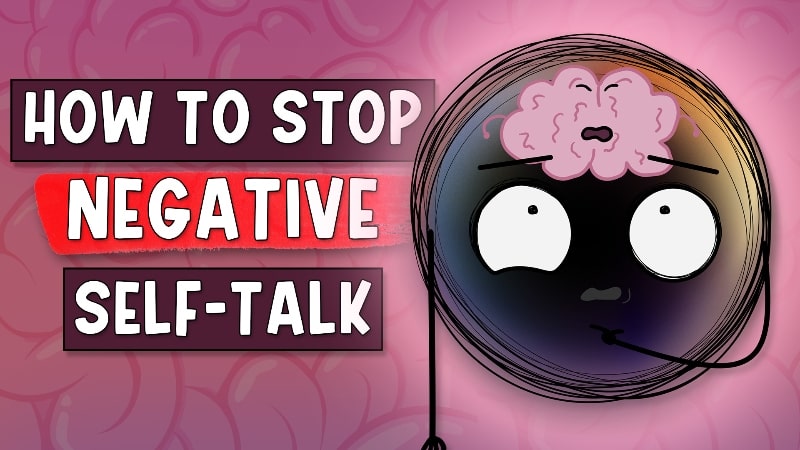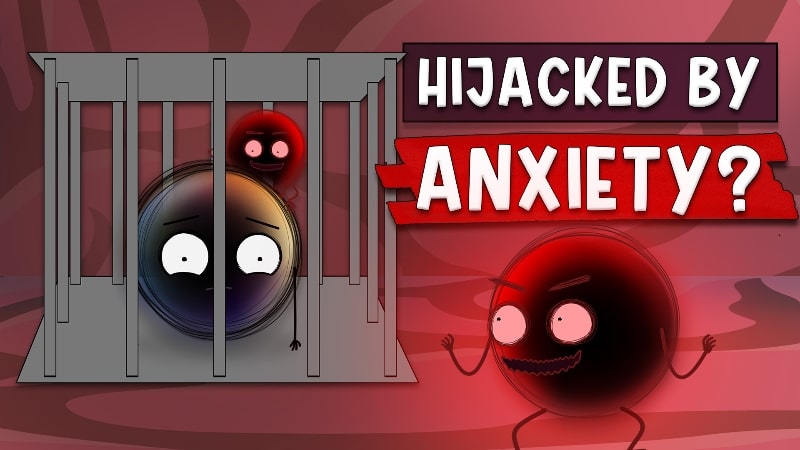Leaving a toxic relationship isn’t as simple as walking away. For many, these relationships create an almost magnetic pull, a confusing cycle of highs and lows that keeps them coming back despite the pain. So, what is it that makes toxic relationships so addictive and hard to leave?
Is it the intense emotional highs and lows that keep us hooked? Is it the brief moments of affection and love that make the bad times feel worth enduring? Maybe it’s the fear of being alone.
Toxic relationships can be deeply addictive due to a combination of psychological, emotional, and even neurological factors.
From the powerful effects of dopamine to trauma bonds and attachment styles, there’s a lot happening under the surface that keeps people trapped.
In this article, we’ll break down the science behind why toxic relationships are so hard to leave, exploring key studies and expert insights to understand the mechanisms at play.
This post may contain affiliate links from our partners and we may receive a commission if you purchase through these links. This helps support our channel at no additional cost to you. We appreciate your support! 🫶🏼
The Science Behind Toxic Relationships
First, to understand why toxic relationships are so addictive, we have to look at where it all begins: childhood.
Attachment Theory
From birth, our brains are wired for connection, and the very first connection that we make is with our primary caregiver. This is the person that we rely on for safety, comfort, and love.

It’s the first bond that we form and it’s what shapes how we attach to others later in life. Founded by psychoanalyst John Bowlby in the 1950s, psychologists call this attachment theory.
Attachment styles can be categorized into three main types: secure, anxious, and avoidant.
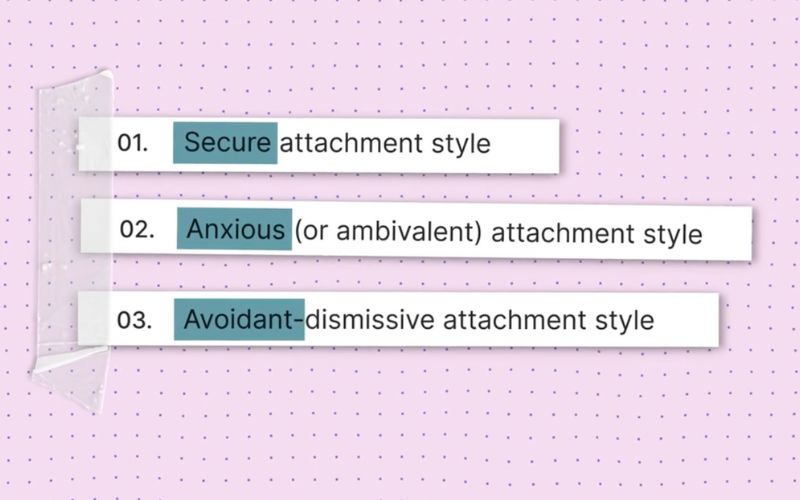
- Secure Attachment: Individuals with secure attachment generally feel confident in relationships, trusting that they are loved and valued. They find it easy to form close connections and maintain a healthy balance between independence and intimacy.
- Anxious Attachment: Those with anxious attachment often crave closeness and reassurance but may worry about being abandoned or unworthy of love. This can lead them to seek constant validation, fearing rejection or emotional distance from their partners.
- Avoidant Attachment: People with avoidant attachment tend to prioritize independence and may feel uncomfortable with too much closeness. They often avoid emotional vulnerability, which can lead them to keep others at arm’s length to protect themselves from potential hurt.
Anxious Attachment
People with an anxious attachment style are especially vulnerable to toxic dynamics.
According to Dr. Amir Levine and Rachel Heller, authors of “Attached: The New Science of Adult Attachment,“ people with anxious attachment constantly seek reassurance and validation in relationships because they’ve learned that love is often unreliable and fleeting.
When love from a parent or caregiver feels unpredictable, the nervous system adjusts and adapts to accept this unstable relationship as normal and even safe.
As we get older, we subconsciously seek out partners who replicate these same attachment patterns–feeling safety and comfort in what is known—Even if it is anything BUT safe or comfortable.
And so begins the cycle of toxic relationships. But there is also another factor at play here…
The Dopamine Factor
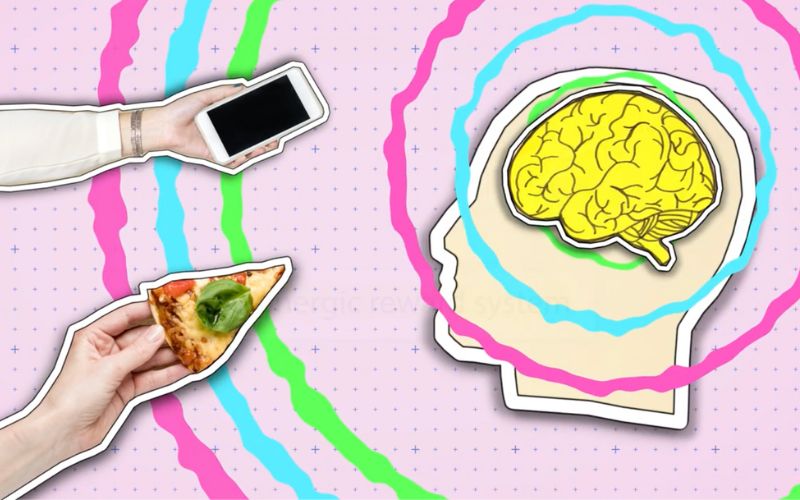
When a new relationship begins, it often feels exciting—almost euphoric. That’s because falling in love releases dopamine, the brain’s “feel-good” chemical.
Dopamine is part of the brain’s reward system, the same one that activates when we eat delicious food or scroll through social media.
This happens in all new relationships, but dopamine doesn’t distinguish between healthy and unhealthy experiences. It simply responds to whatever gives us a sense of pleasure or anticipation—even if it comes with a side of toxicity.
Not only that, but the unpredictability of conflict followed by moments of affection creates a heightened dopamine release, according to a 2010 study published in the Journal of Neurophysiology.
This emotional rollercoaster hooks you in because your brain begins to associate those intense highs that follow the lows, with relief and pleasure.
This pattern becomes addictive as the brain craves more of these dopamine hits to cope with the lows—just like drug and alcohol addiction.
Intermittent Reinforcement
The same psychological principles behind this behavior are also what make slot machines so addictive. This is called intermittent reinforcement, a concept from behavioral psychology where rewards are given at random intervals, rather than consistently.
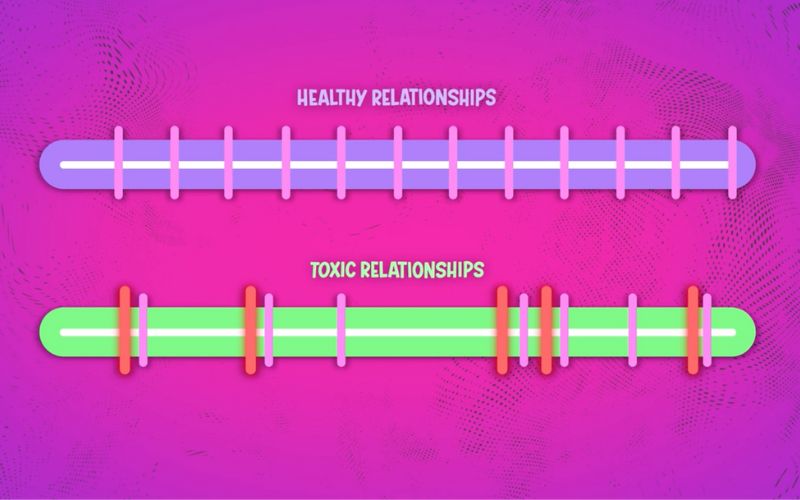
In healthy relationships, love is generally dependable and consistent. You can count on it regularly.
In toxic relationships, affection or attention are often received sporadically and following periods of conflict or neglect. Again creating a cycle of craving irregular rewards and a hope that the next interaction will be a positive one.
This intermittent reinforcement creates a strong psychological dependency, as found by a study published in the Journal of Personality and Social Psychology in 2016.
The hope for better days and warmer interactions grows stronger while the lows keep on getting lower.
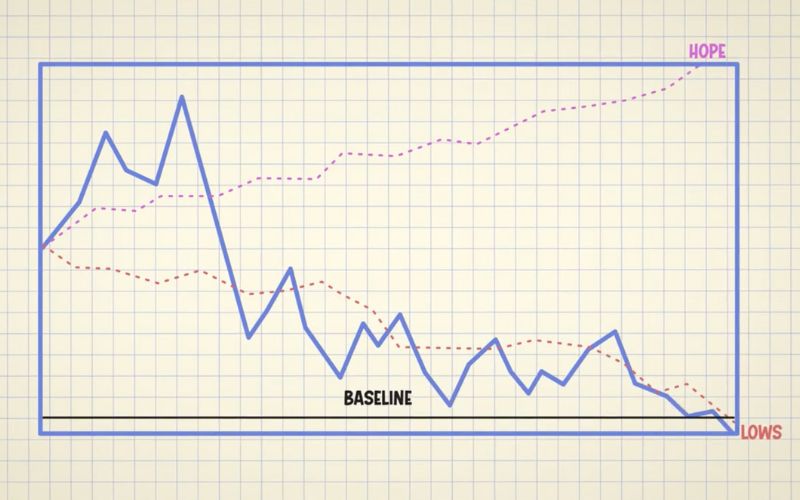
This leads to people in toxic relationships building up a tolerance to increasing levels of emotional pain in an effort to chase the fleeting moments of love and connection.
It’s also why even minor controlling behavior can escalate into full-on physical abuse with time—and why some people feel powerless to recognize it and leave it.
Trauma Bonding
Psychologists also have a term for this. It’s called trauma bonding—first introduced in 1997 by Dr. Patrick Carnes, an expert on addiction and recovery.
Trauma bonding is a strong emotional attachment that forms between a victim and an abuser, particularly in relationships where positive reinforcement follows the abuse.
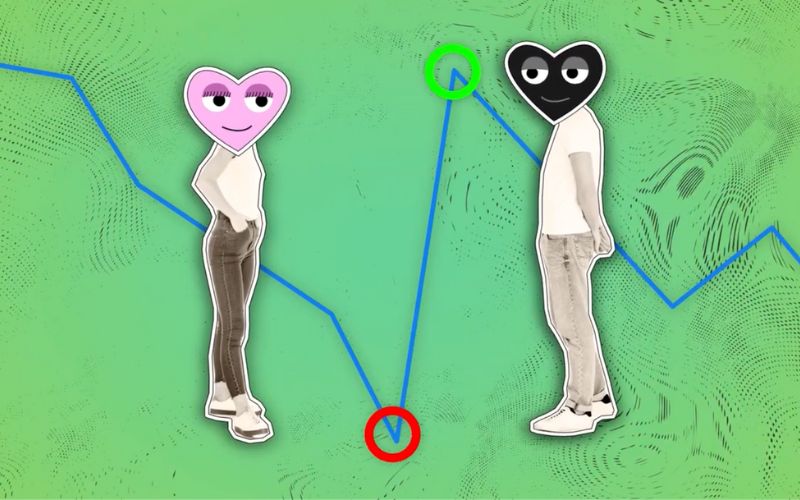
This term might sound extreme to some—those who don’t identify with having a physically abusive partner. But remember that verbal and emotional abuse also count here.
Psychotherapist Shannon Thomas explains in her book, Healing from Hidden Abuse, that trauma bonding can be deeply confusing because the victim begins to associate feelings of relief or reconciliation with their abusive partner, which makes the bond grow stronger.
It’s not just mental willpower you’re fighting. It’s also chemical processes and neurological responses in the brain.
The Loneliness Factor
If all of that wasn’t enough to make toxic relationships so addictive, there is one more factor that is often at play here.
A 2019 study published in Psychology Today found that the fear of loneliness is one of the strongest predictors of why people remain in unhealthy relationships.
Humans are wired for connection, and the idea of leaving a partner—even a harmful one—can trigger deep anxiety about being alone or unloved.
Toxic relationships can create a false sense of security, where even the negative aspects feel more comfortable than the uncertainty of being single.
Couple that with the brain’s natural resistance to change, especially as we get older, and you’ve got a recipe for toxicity that’s hard to break.
But all of the behavioral patterns that we’ve discussed so far: the unhealthy attachment styles, dopamine releases, intermittent reinforcement, and fear of loneliness are just that: patterns–which means that they can be recognized and changed.
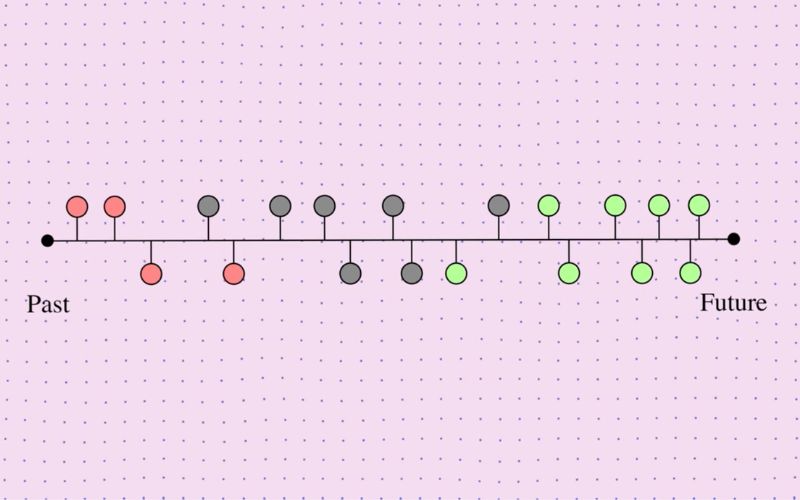
Breaking Free From Toxic Relationships
Becoming more aware of these patterns is the first step to help you establish your own boundaries and reclaim your autonomy. Another key step to recovery is to begin to understand your own past trauma.
As Dr. Bessel van der Kolk explains in the popular book, The Body Keeps the Score, trauma shapes the brain’s ability to trust, engage with others, and feel safe. This makes understanding your past essential to healing and forming healthier relationships in the future.
Seeking professional help, especially from therapists who specialize in attachment theory, is often the key to unpacking this and embarking on the road to recovery. Cognitive Behavioral Therapy (CBT) and mindfulness-based approaches are also particularly effective for breaking the cycle of addiction to toxic dynamics.
If you’ve never tried therapy or counseling before, Online Therapy is a really great place to get started.
You deserve a relationship that makes you feel valued, supported, and respected—not one that leaves you feeling drained, anxious, or unhappy.
